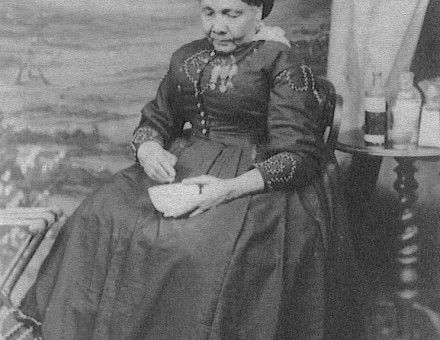'A Hangdog Whom I Dearly Love' - The Third Earl of Peterborough
Charles Mordaunt, Third Earl of Peterborough, 1658-1735, is probably best remembered as the captor of Barcelona in 1705. Aram Bakshian Jr. shows that, in addition to being a soldier, he was also 'a sailor, courtier, conspirator, diplomat, wit and rake'.




